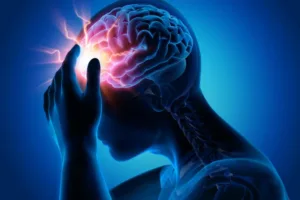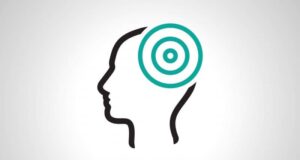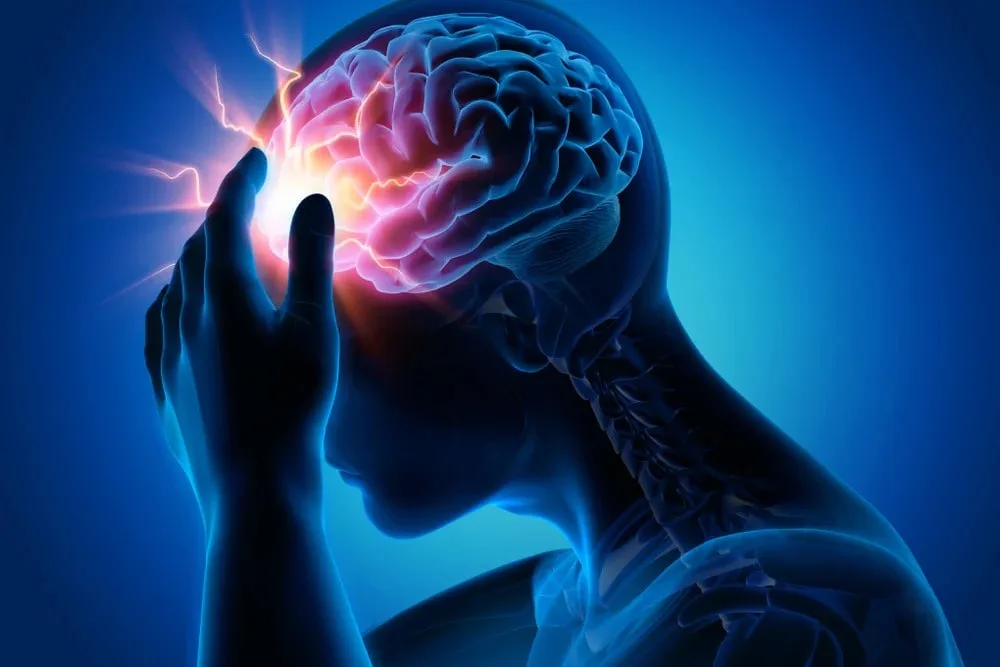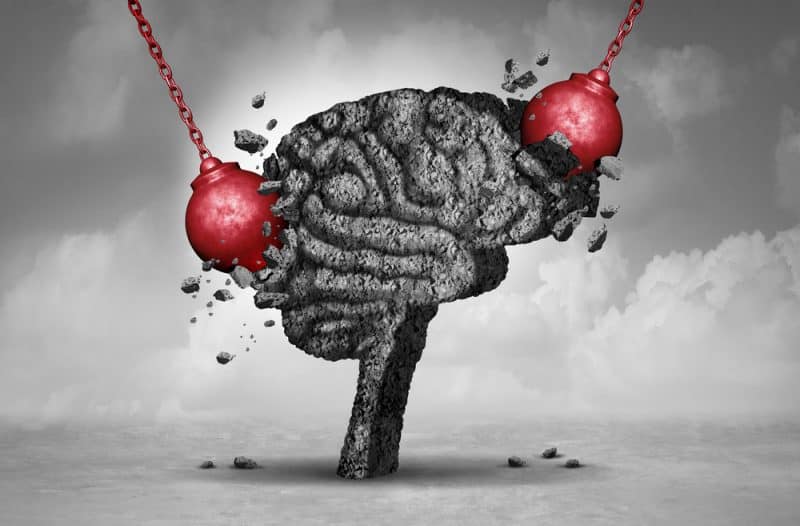Studies reveal a striking difference in migraine rates between genders, with 20.7% of women suffering compared to just 9.7% of men. This discrepancy arises from a mix of factors such as hormonal differences, brain structural variances, genetic diversity, and different neural pathways.
Furthermore, the transition from occasional to chronic migraines often varies by gender. For men, physical labour tends to trigger migraines, while for women, factors like irregular sleep and night shifts are more common triggers.
Decoding chronic migraines in women
The reasons behind migraines in women are as complex as the condition itself. Environmental triggers like light, sound, and smells play a role alongside genetic factors.
But the most important factor is hormonal fluctuation, particularly as girls start menstruating. With the onset of hormonal changes, women start experiencing a marked increase in migraine frequency. Estrogen notably plays a significant role, although other hormones might contribute. This hormonal complexity complicates effective chronic migraine headache treatment.
Migraines can also be especially difficult to manage during pregnancy, particularly in the early phases when morning sickness can interfere with eating, sleeping, and staying hydrated. Neglecting these basics can exacerbate migraines. Migraines often decrease as the pregnancy advances and even disappear entirely for some women. But they can return post-delivery, often due to hormonal changes and factors like sleep deprivation and stress.
Women also experience more migraines during perimenopause, the phase leading up to menopause. Here again, fluctuating estrogen levels, along with other symptoms like chronic pain and sleep disturbances, trigger migraines.
Though various medications can reduce migraine pain and frequency, there is no definitive cure. Many patients find their current chronic migraine headaches treatment ineffective and are eager to try new options if available.
Preventing migraines
Preventive strategies are often the most effective approach to managing migraines. Doctors might recommend dietary changes, such as avoiding known headache triggers like alcohol and caffeine, along with prescription medications like antidepressants or blood pressure-lowering drugs. Stress reduction techniques, nerve blocks, and BOTOX® are also effective preventive measures.
Choosing the right medication
For less frequent migraines, certain medications can offer rapid relief. These include anti-nausea drugs, mild pain relievers, and triptans. However, overusing these medications can lead to rebound headaches, worsening the condition.
Early identification and treatment
Tackling migraines early can significantly help in managing them. By recognizing the early signs and differentiating between a regular headache and a migraine, patients can seek timely chronic migraine headache treatment, reducing the likelihood of future episodes. It’s crucial for anyone experiencing migraines to know when it’s time to consult their doctor.


















